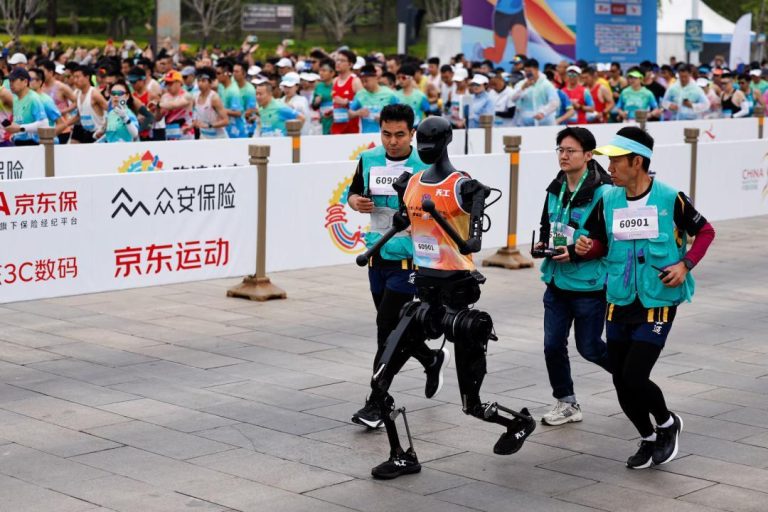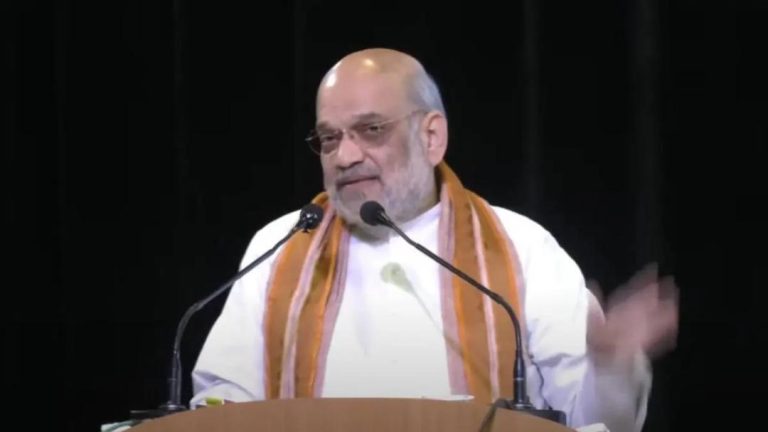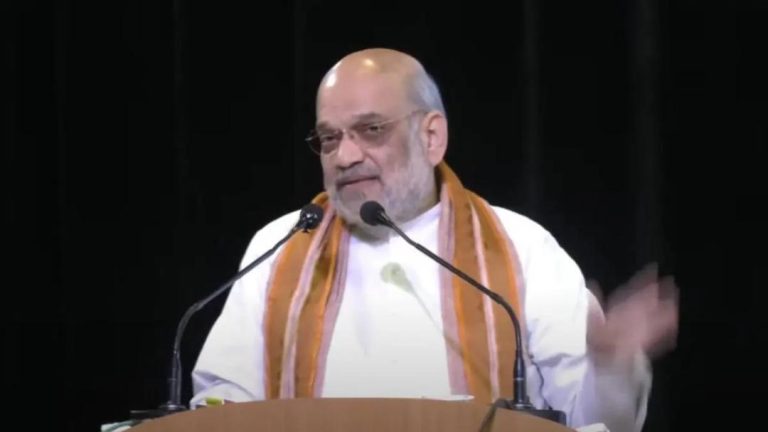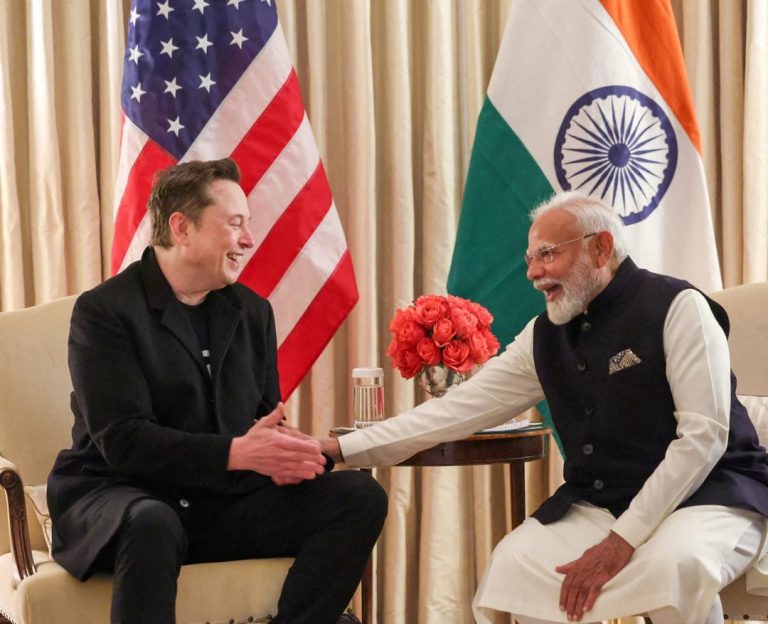
Delayed Work on 360-km Mumbai-Ahmedabad Bullet Train Corridor Completed: Vaishnaw
The ambitious Mumbai-Ahmedabad Bullet Train project, a symbol of India’s modernization and connectivity, has finally seen a significant milestone achieved. Railway Minister Ashwini Vaishnaw has announced that the work on the 360-kilometer corridor of the project has been completed, putting an end to a two-and-a-half-year delay caused by permission issues during the tenure of the previous Maharashtra Chief Minister, Uddhav Thackeray.
The Maharashtra section of the Bullet Train project, which is a crucial part of the entire corridor, is advancing well, as per Vaishnaw’s statement. The project, which aims to connect India’s financial capital, Mumbai, with its commercial hub, Ahmedabad, is expected to revolutionize the country’s rail network.
The Bullet Train project, also known as the Mumbai-Ahmedabad High-Speed Rail (MAHSR) project, was initially expected to be completed by 2023. However, the delay caused by permission issues and other regulatory hurdles pushed the deadline to 2025. Despite the setbacks, the Indian Railways has been working tirelessly to complete the project, and the recent announcement is a significant step forward.
The Maharashtra section of the project includes the construction of an undersea tunnel, which is a major engineering feat. The tunnel will be approximately 7.3 kilometers long and will be built using a unique technique called ‘cut-and-cover’ method. The tunnel will enable trains to travel through the sea, reducing the distance between Mumbai and Ahmedabad by about 25 kilometers.
The Mumbai-Ahmedabad Bullet Train project is a joint venture between the Indian Railways and the Japanese government. The project was announced in 2017, and the foundation stone was laid in 2019. The project aims to reduce the travel time between Mumbai and Ahmedabad from around 7 hours to just 2 hours, making it one of the fastest rail networks in the world.
The project is expected to have a significant impact on the economic growth of the region. It will not only reduce travel time but also increase connectivity, fostering trade and commerce between the two cities. The project is also expected to generate employment opportunities and stimulate economic growth in the region.
The completion of the 360-kilometer corridor is a major achievement for the Indian Railways, and it is expected to pave the way for the completion of the entire project. The project is expected to be completed by 2025, and the Indian Railways is working closely with the Japanese government to ensure that the project is completed on time.
In conclusion, the completion of the 360-kilometer corridor of the Mumbai-Ahmedabad Bullet Train project is a significant milestone achieved by the Indian Railways. The project, which was delayed by two and a half years, is now back on track, and the Maharashtra section is advancing well. The project is expected to revolutionize the country’s rail network, reduce travel time, and stimulate economic growth in the region.






